Valentine’s Day is fast approaching, and for many businesses this is a crucial time to get your products or services noticed by potential customers. Whether you’re offering a romantic dinner location, a flower delivery service, or even hosting a singles event, the high amount of interest in February needs to be utilised.
Needless to say it’s important to plan your digital marketing strategy in advance – but when is the best time to push your campaigns?
We dove into the heart of the matter, exploring data from sources like Google and TikTok to unearth the golden nuggets of Valentine’s Day search trends. After all, who doesn’t want to be the cupid of commerce?
Using this historical data, you can get into the mind of the consumer, and try to get your business in front of them at a time when they’re willing to spend.
Valentine’s Gifts Galore
Flowers? Chocolates? Or just some inspiration for something less cliché? If you’re looking to promote gifts for Valentine’s Day, it’s important to dive into the minds of potential customers by understanding the top-searched terms.
From a list of the top searched Valentine’s related queries in the UK in 2023, we examined popular gifting keywords including ‘Valentines gifts,’ ‘Valentines day card,’ ‘Valentines flowers,’ ‘Valentines chocolate.’
Our journey through the UK’s Valentine’s Day queries revealed a fascinating surge in interest towards the end of January, hitting its zenith between the 7th and 9th of February:
In 2023, interest around the general ‘valentines gifts’ query picked up momentum towards the end of January and had the highest interest between the 7th-9th February.
‘Valentines Day Card,’ ‘Valentines Flowers,’ ‘Valentines Chocolate’
For more specific gifts, we can see that there was a rise in interest at the start of February, increasing in the days leading up to the 14th and peaking on the 14th for flowers and cards likely due to last minute shopping and the ease of next day delivery.
To make things more interesting, we decided to go deeper into this keyword data and assess which UK cities are searching the most for these popular Valentine’s queries.
Which UK city can be crowned ‘Most Romantic?’ And, which UK city is most likely to buy a certain kind of Valentine’s gift? Maybe there’s a target audience for your business that you’re currently missing out on!
City Love Showdown: Which UK City Is The Most Romantic?
Using Google Trend’s top 73 Valentine’s Day related keywords searched in the UK between January and February 2023, we’ve taken a look at which UK city is the most romantic based on searches per capita.
Our results show the following… Leeds emerged as the UK’s most romantic city with an overwhelming interest in Valentine’s Day!:
1. Leeds (3,579 searches per 100,000 people)
2. Bradford (2,206 searches per 100,000 people)
3. Liverpool (2,064 searches per 100,000 people)
4. London (2,024 searches per 100,000 people)
5. Bristol (1,870 searches per 100,000 people)
6. Sheffield (1,632 searches per 100,000 people)
7. Birmingham (1,508 searches per 100,000 people)
8. Nottingham (1,257 searches per 100,000 people)
9. Newcastle (1,093 searches per 100,000 people)
10. Manchester (683 searches per 100,000 people)
Not only does Leeds take the top position as the UK’s most romantic city based on their Valentine’s search behaviour, they also claimed the top position for ‘Most Likely To Send’ the following gifts:
💟 A Valentine’s Day Card
💟 Valentine’s Chocolates
💟 Valentine’s Flowers
💟 A Valentine’s Poem!
Move over Shakespeare, Leeds is in the house!
In fact, Leeds took the top spot for most but not all…
Gifts Across The UK Cities
Liverpool stole the spotlight as the city Most Likely To Buy Valentine’s Day PJs with the most searches for ‘Valentine’s jammies’ and ‘Valentine’s PJs,’ celebrating the day in comfort and style. Here, Liverpool were searching 220% more than runner up Leeds!
Meanwhile, London and Bristol secured positions two and three for cities most likely to send a Valentine’s Card and Chocolates.
UK Cities With A Funny Bone …
They say laughter is the key to the heart, and many UK cities seem to wholeheartedly endorse this sentiment, evident in their spirited searches for ‘Valentines Meme’ and ‘Valentines funny quotes’.
The top three cities where humour takes centre stage when it comes to Valentine’s included (per 100,000 people):
1. Leeds (159 Searches)
2. London (86 Searches)
3. Liverpool (75 Searches)
Anticipate receiving a card brimming with memes from these humour-loving cities.
These cities are not just looking for love; they’re looking for a love story sprinkled with humour. So, if your brand is looking to spread joy, consider infusing a touch of humour into your Valentine’s Day campaigns.
Gifts For Him vs Gifts For Her
Two of the highest searched queries included: ‘Valentine’s Gifts For Her’ and ‘Valentine’s Gifts For Him.’
In the realm of gift-giving, our exploration across every UK city on our list reveals a distinct preference for ‘Gifts For Him’ over ‘Gifts For Her,’ but when are people generally searching for inspiration?
The prime dates for those searching for ‘Gifts For Her’ emerge on February 9th and February 11th, while those in pursuit of ‘Gifts For Him’ hit their peak on February 4th!
Those hunting for the perfect gift for her exhibit early interest, yet show a penchant for last-minute decisions, so it may be worth running a longer marketing stretch if you’re promoting gifts for females compared to gifts for males.
Timing is everything, and capturing the attention of those searching for inspiration is an art. Make sure your brand stands out during both the early explorations and the eleventh-hour searches.
Most Organised and Least Organised Valentine’s Shoppers In The UK
In our research, we noticed a rising trend of peaks closest to February 14th where interest was highest. Having already found out which UK city is the most romantic when it comes to Valentine’s Day, we also wanted to find out which UK city is most likely to leave their Valentine’s shopping until the last minute.
We took a combination of gifting queries, prefixed by ‘next day delivery’, that were searched for in February 2023 and checked how each UK city performed here:
And the results were as followed (searches per 100,000 people):
1. Leeds (90 searches)
2. Bradford (48 searches)
3. London (45 searches)
4. Bristol (41 searches)
5. Sheffield (32 searches)
6. Liverpool (31 searches)
7. Birmingham (30 searches)
8. Nottingham (21 searches)
9. Newcastle (21 searches)
10. Manchester (14 searches)
Leeds may be the most romantic, but they also topped the charts as the city most likely to embrace next-day delivery for Valentine’s gifts. On the flip side, Manchester emerged as the most organised, showing low searches for ‘next day delivery’ terms.
Google Search Trends: Valentine’s Dates
Other popular searches surrounding Valentine’s Day revolve around date-nights and more specifically: restaurants.
If you’re in the hospitality industry, understanding when people begin to plan and book their Valentine’s dates is key. Our analysis delves into popular searches such as ‘romantic restaurant’ and ‘valentine’s day restaurant,’ offering a snapshot of when people initiate their quest for the perfect dining experience.
The graph below unveils peaks on February 9th and Valentine’s Day itself!:
It’s A ‘Galentine’s Day’ Affair
One topic we noticed an increase in was the interest in ’Galentine’s Day’ on TikTok! Interest around this sensation peaked between the 12th and 18th of February in 2023, with a rising interest starting as early as January this year:
Last 12 Months:
Last 30 Days:
So, whether you’re already in full marketing swing or just gearing up for the love fest, 2023’s trends hint at last-minute shoppers and high interest nationwide. Get ready to spread the love and watch your brand steal the spotlight this Valentine’s Day! 💕
If you’re eager to elevate your SEO, Digital PR or PPC campaigns and strategies in the midst of the Valentine’s Day frenzy or ahead of the next seasonal trends, get in touch to find out how we can help!

![[blog]_[ Valentine's Day Search Data: Key Trends For Your Marketing Campaigns]_[Blog Picture]](https://cedarwood.digital/wp-content/uploads/2024/02/valentines-900x506.png)
![[blog] [northern digital awards] [blog picture]](https://cedarwood.digital/wp-content/uploads/2024/01/How-we-delivered-100-top-tier-links-by-jumping-on-a-trending-topic-900x506.png)

![[blog]_[What Is Content Marketing And Why Is It Important?]_[Blog Picture]](https://cedarwood.digital/wp-content/uploads/2024/01/wpimage-id13321width562pxheightautosizeSluglargelinkDestinationnone-figure-classwp-block-image-size-large-is-resizedimg-srchttpscedarwood.digitalwp-contentuploads202507Image-1-1024x-65-900x506.png)
![[blog]_[How To Forecast For SEO]_[Blog Picture]](https://cedarwood.digital/wp-content/uploads/2024/01/wpimage-id13321width562pxheightautosizeSluglargelinkDestinationnone-figure-classwp-block-image-size-large-is-resizedimg-srchttpscedarwood.digitalwp-contentuploads202507Image-1-1024x-66-900x506.png)
![[blog]_[5 Steps For Conducting A Technical SEO Audit]_[Blog Picture]](https://cedarwood.digital/wp-content/uploads/2024/01/wpimage-id13321width562pxheightautosizeSluglargelinkDestinationnone-figure-classwp-block-image-size-large-is-resizedimg-srchttpscedarwood.digitalwp-contentuploads202507Image-1-1024x-67-900x506.png)
![[blog]_[Why Competitor Audits Are So Important For SEO And How To Conduct One]_[Blog Picture]](https://cedarwood.digital/wp-content/uploads/2024/01/wpimage-id13321width562pxheightautosizeSluglargelinkDestinationnone-figure-classwp-block-image-size-large-is-resizedimg-srchttpscedarwood.digitalwp-contentuploads202507Image-1-1024x-68-900x506.png)
![[blog]_[A Guide To SEO For ECommerce]_[Blog Picture]](https://cedarwood.digital/wp-content/uploads/2023/12/wpimage-id13321width562pxheightautosizeSluglargelinkDestinationnone-figure-classwp-block-image-size-large-is-resizedimg-srchttpscedarwood.digitalwp-contentuploads202507Image-1-1024x-69-900x506.png)





![[blog]_[How A Digital PR Agency Can Help Take Your SEO Game To The Next Level]_[Blog Picture]](https://cedarwood.digital/wp-content/uploads/2023/11/wpimage-id13321width562pxheightautosizeSluglargelinkDestinationnone-figure-classwp-block-image-size-large-is-resizedimg-srchttpscedarwood.digitalwp-contentuploads202507Image-1-1024x-70-900x506.png)
![[blog]_[How To Write Content For SEO]_[Blog Picture]](https://cedarwood.digital/wp-content/uploads/2023/11/wpimage-id13321width562pxheightautosizeSluglargelinkDestinationnone-figure-classwp-block-image-size-large-is-resizedimg-srchttpscedarwood.digitalwp-contentuploads202507Image-1-1024x-71-900x506.png)
![[case studies[ [northern digital awards 2024] [case study templates]](https://cedarwood.digital/wp-content/uploads/2023/11/How-we-delivered-100-top-tier-links-by-jumping-on-a-trending-topic.-2-900x506.png)


![[blog]_[How To Track And Monitor Your SEO Performance]_[Blog Picture]](https://cedarwood.digital/wp-content/uploads/2023/11/wpimage-id13321width562pxheightautosizeSluglargelinkDestinationnone-figure-classwp-block-image-size-large-is-resizedimg-srchttpscedarwood.digitalwp-contentuploads202507Image-1-1024x-72-900x506.png)
![[blog]_[Using GA4 To Drive Actionable Insights For SEO]_[Blog Picture]](https://cedarwood.digital/wp-content/uploads/2023/11/wpimage-id13321width562pxheightautosizeSluglargelinkDestinationnone-figure-classwp-block-image-size-large-is-resizedimg-srchttpscedarwood.digitalwp-contentuploads202507Image-1-1024x-73-900x506.png)